When it comes to creating a harmonious household, few things are as heartwarming as seeing a cat and dog curl up together for a nap. But let’s face it—not all cats are thrilled about sharing their space with a canine companion. If you’re a pet lover looking to add a feline friend to your dog-filled home, choosing the right cat breed is crucial. So, which cat breeds are naturally inclined to get along with dogs? Let’s uncover the best cat breeds good with dogs.
Why Do Some Cat Breeds Get Along Better With Dogs?
Before we jump into the list, it’s worth understanding why certain cat breeds are more dog-friendly than others. Personality traits like sociability, adaptability, and curiosity play a significant role. Breeds that are naturally outgoing, confident, and less territorial tend to mesh well with dogs. Additionally, cats that enjoy playfulness and have a laid-back demeanor are more likely to see a dog as a friend rather than a foe.
Top Cat Breeds That Thrive in Dog-Friendly Homes
1. Maine Coon: The Gentle Giant
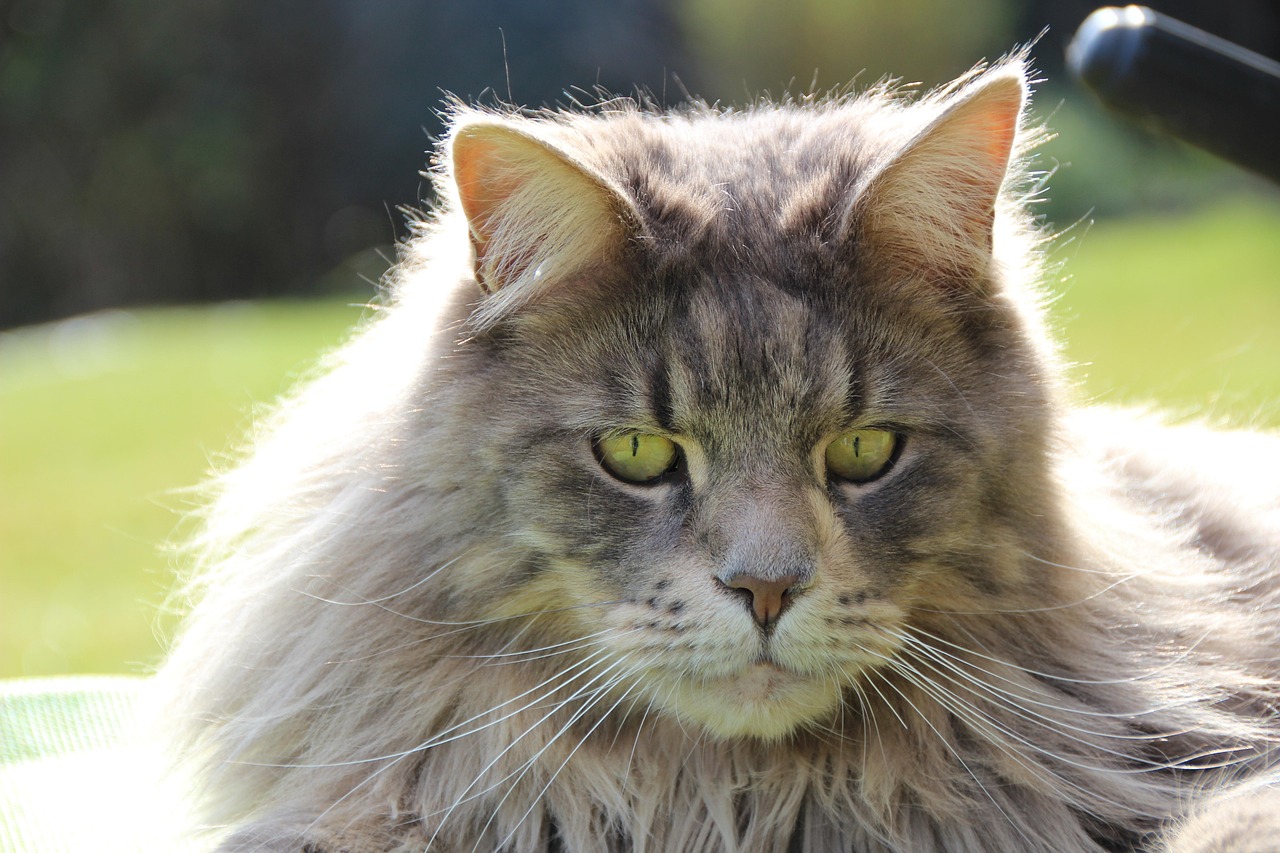
Known for their large size and even larger hearts, Maine Coons are often called the “dogs of the cat world.” These fluffy felines are incredibly social, patient, and adaptable, making them a perfect match for households with dogs.
- Why They’re Great With Dogs: Maine Coons are curious and playful, often engaging in games of fetch or following their dog siblings around the house.
- Pro Tip: Introduce them to your dog gradually, and they’ll likely form a lifelong bond.
2. Ragdoll: The Laid-Back Lap Cat
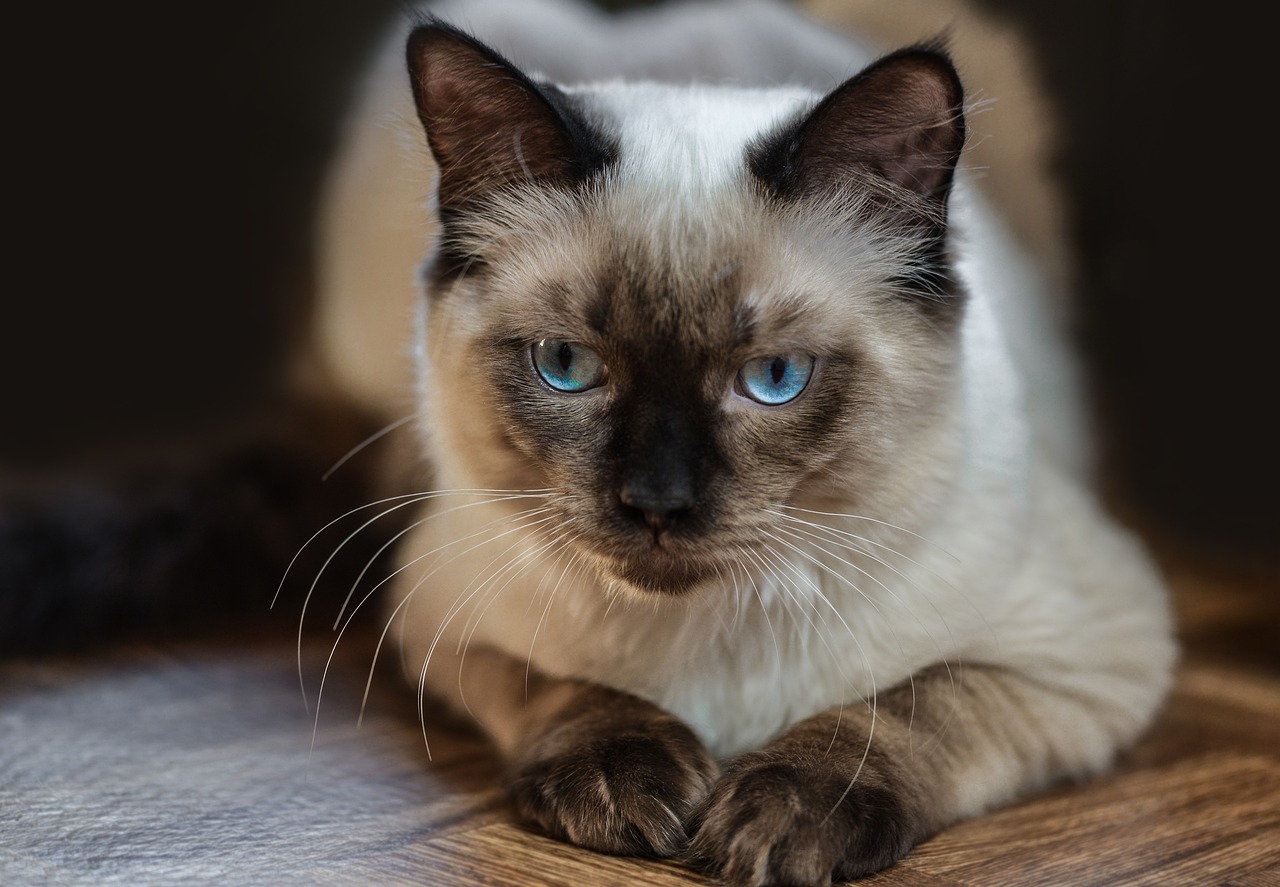
True to their name, Ragdolls are known for their relaxed and floppy nature. These cats are incredibly affectionate and thrive in environments where they can soak up attention—whether from humans or dogs.
- Why They’re Great With Dogs: Ragdolls are non-confrontational and rarely get stressed, making them ideal for homes with energetic or larger dogs.
- Fun Fact: Ragdolls often go limp when picked up, which can be endearing to both humans and dogs alike.
3. Abyssinian: The Energetic Explorer
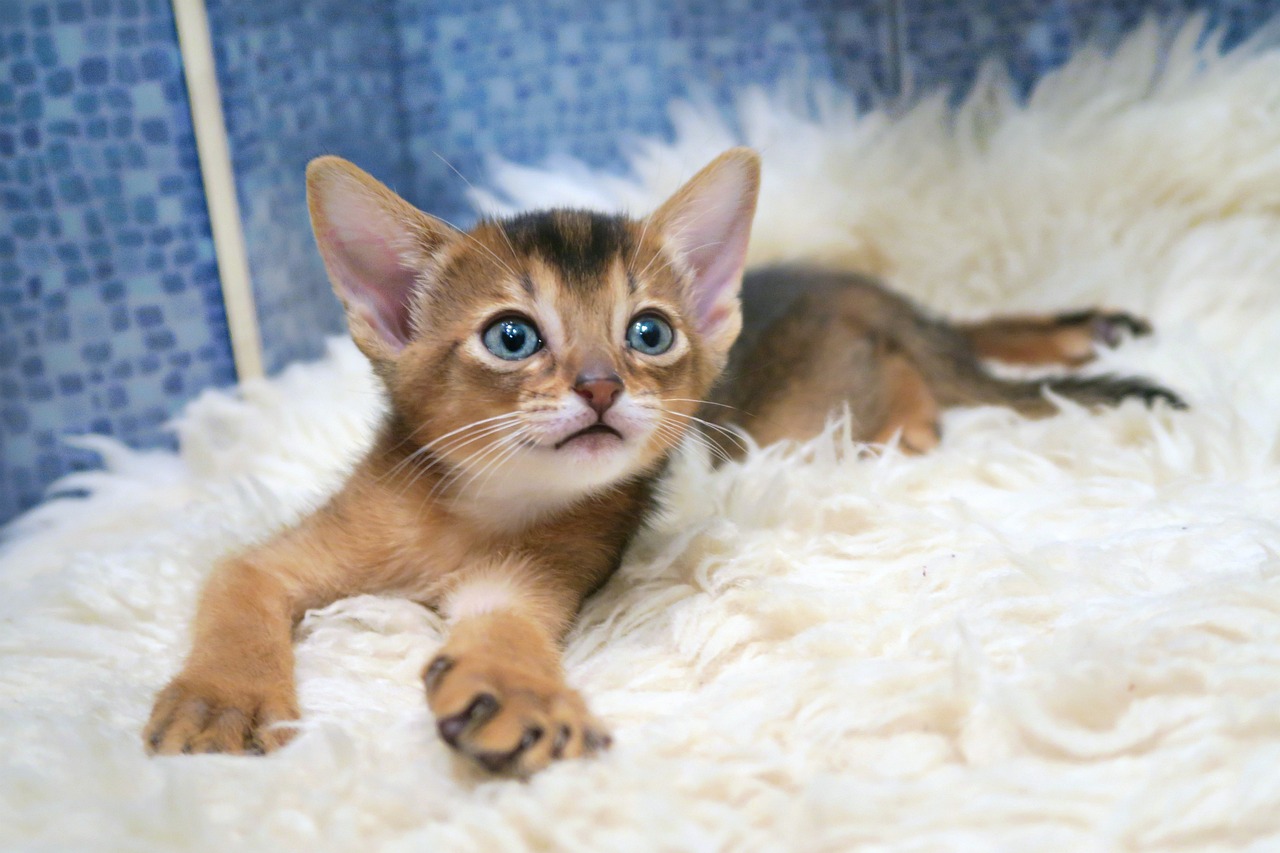
If you have an active dog who loves to play, the Abyssinian might be the perfect feline counterpart. These cats are known for their high energy levels and love of adventure.
- Why They’re Great With Dogs: Abyssinians are highly social and enjoy interactive play, making them great companions for dogs who love to run and chase.
- Watch Out: Their playful nature means they might try to outsmart your dog during games!
4. Birman: The Sweet-Tempered Charmer
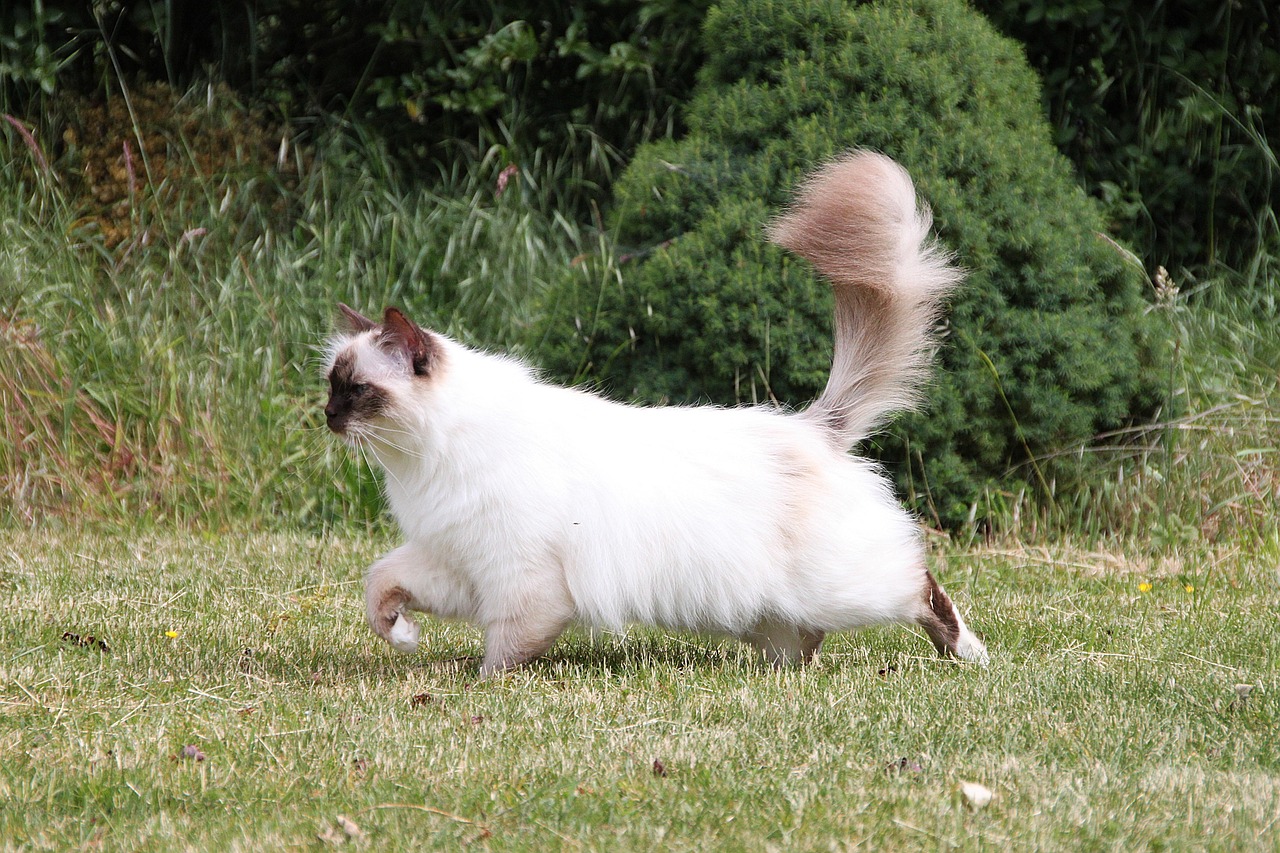
Birmans are gentle, affectionate, and incredibly adaptable cats. With their striking blue eyes and silky fur, they’re not just beautiful—they’re also incredibly dog-friendly.
- Why They’re Great With Dogs: Birmans are calm and easygoing, making them less likely to feel threatened by a dog’s presence.
- Bonus: They’re known to form strong bonds with both humans and animals, ensuring a peaceful coexistence.
5. American Shorthair: The Easygoing Companion
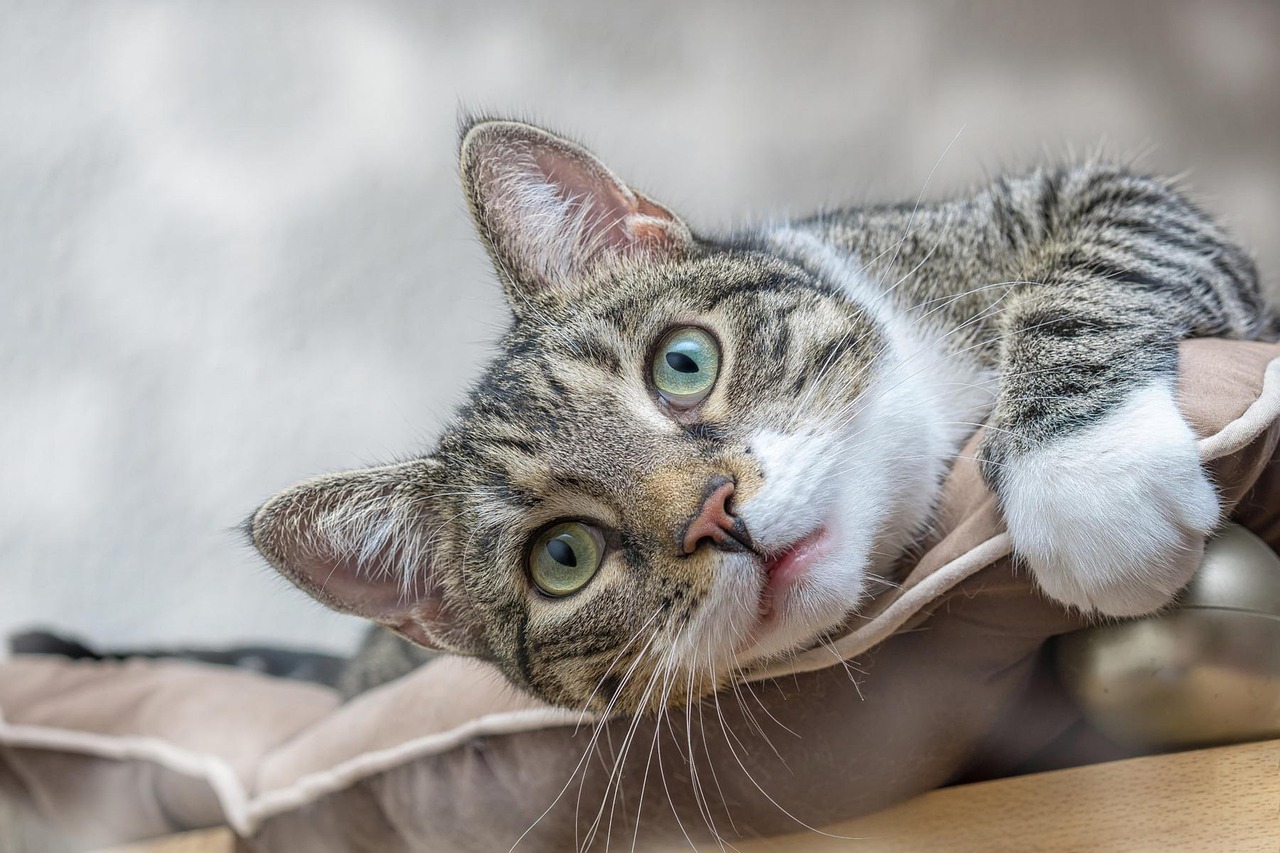
If you’re looking for a low-maintenance cat that gets along with dogs, the American Shorthair is a fantastic choice. These cats are known for their balanced temperament and adaptability.
- Why They’re Great With Dogs: American Shorthairs are independent yet sociable, making them a great fit for households with dogs of all sizes.
- Did You Know? They’re one of the oldest cat breeds in North America, with a history of thriving in diverse environments.
6. Sphynx: The Social Butterfly
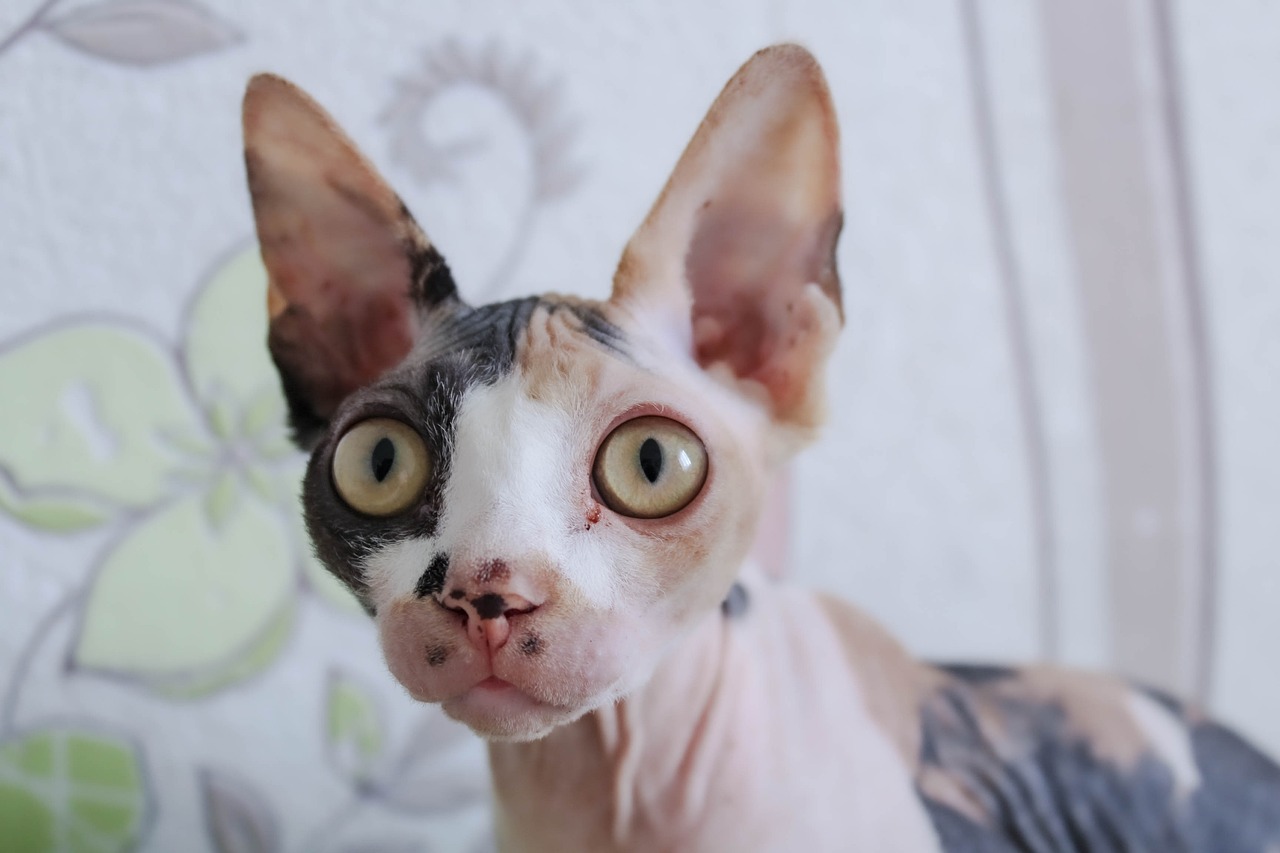
Don’t let their lack of fur fool you—Sphynx cats are full of love and affection. These unique felines are known for their outgoing personalities and love of attention.
- Why They’re Great With Dogs: Sphynx cats are highly social and enjoy being the center of attention, often seeking out companionship from both humans and dogs.
- Pro Tip: Their hairless nature means they’ll appreciate snuggling up to a warm dog on chilly days.
7. Burmese: The People (and Dog) Pleaser
Burmese cats are known for their affectionate and playful nature. They thrive in social environments and are quick to form bonds with both humans and animals.
- Why They’re Great With Dogs: Burmese cats are highly adaptable and enjoy interactive play, making them a great match for dogs who love to engage.
- Fun Fact: They’re often described as “dog-like” due to their loyalty and love of companionship.
8. Scottish Fold: The Sweet-Natured Snuggler
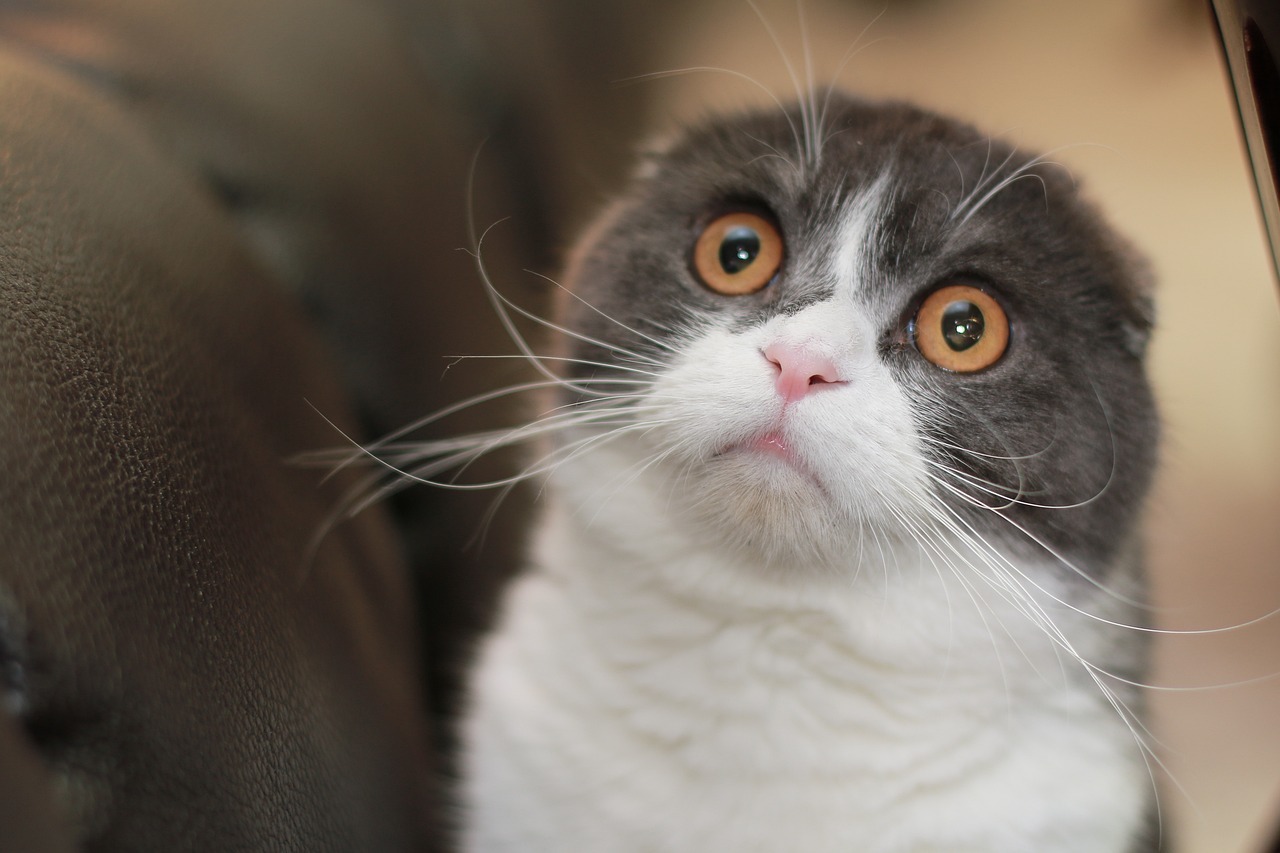
With their distinctive folded ears and round eyes, Scottish Folds are as charming as they are friendly. These cats are known for their calm and affectionate demeanor.
- Why They’re Great With Dogs: Scottish Folds are easygoing and rarely show aggression, making them a great fit for homes with gentle or older dogs.
- Watch Out: Their laid-back nature means they might need a little extra protection from overly enthusiastic pups.
9. Siberian: The Adventurous Friend
Siberian cats are known for their playful and adventurous spirit. These fluffy felines are highly intelligent and enjoy exploring their surroundings.
- Why They’re Great With Dogs: Siberians are confident and curious, often approaching dogs with a sense of curiosity rather than fear.
- Bonus: Their thick fur makes them great cuddle buddies during colder months.
10. Tonkinese: The Playful Partner
A cross between Siamese and Burmese cats, Tonkinese cats inherit the best traits of both breeds. They’re affectionate, playful, and highly social.
- Why They’re Great With Dogs: Tonkinese cats thrive on interaction and enjoy being part of a lively household, making them a great match for playful dogs.
- Fun Fact: They’re known for their vocal nature, often “talking” to their human and canine companions.
Tips for Introducing a Cat to a Dog
Even if you choose one of the dog-friendly breeds listed above, a smooth introduction is key to fostering a positive relationship. Here are some tips to help your cat and dog become the best of friends:
- Start Slowly: Allow your cat and dog to sniff each other’s scent before meeting face-to-face.
- Use a Barrier: Initially, keep them separated by a baby gate or crate to allow visual contact without physical interaction.
- Supervise Interactions: Always monitor their early interactions to ensure both pets feel safe and comfortable.
- Reward Good Behavior: Use treats and praise to reinforce positive interactions between your cat and dog.
- Give Them Space: Ensure your cat has a safe space to retreat to if they feel overwhelmed.